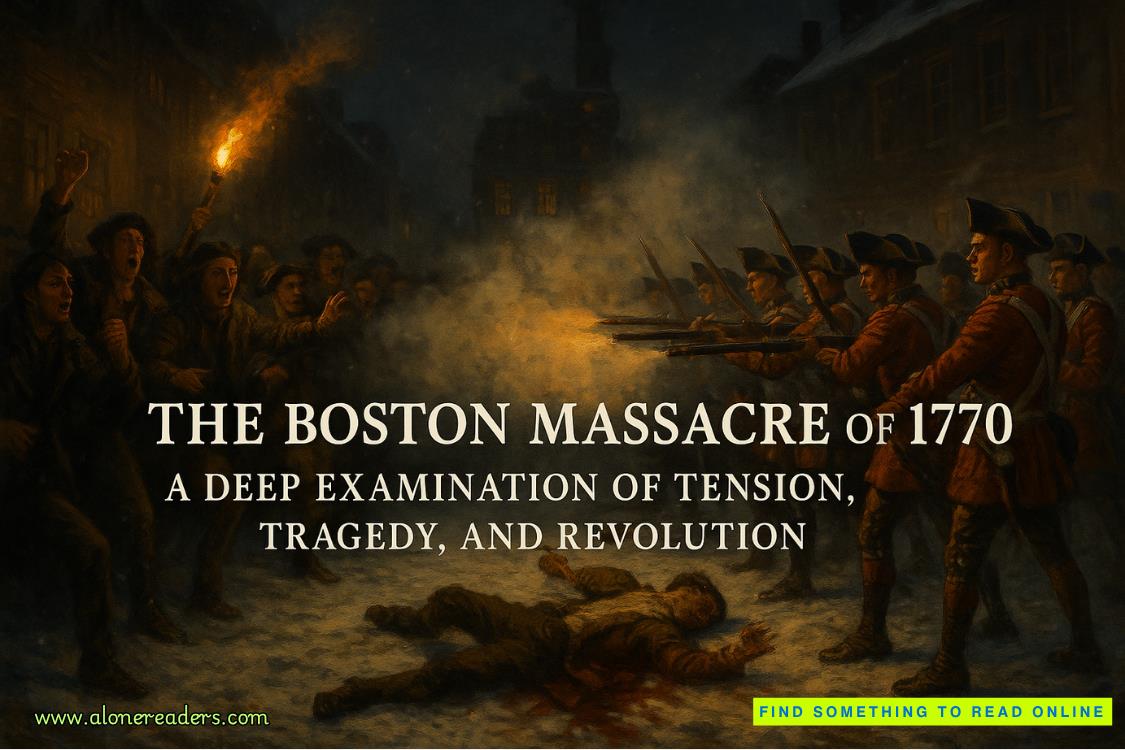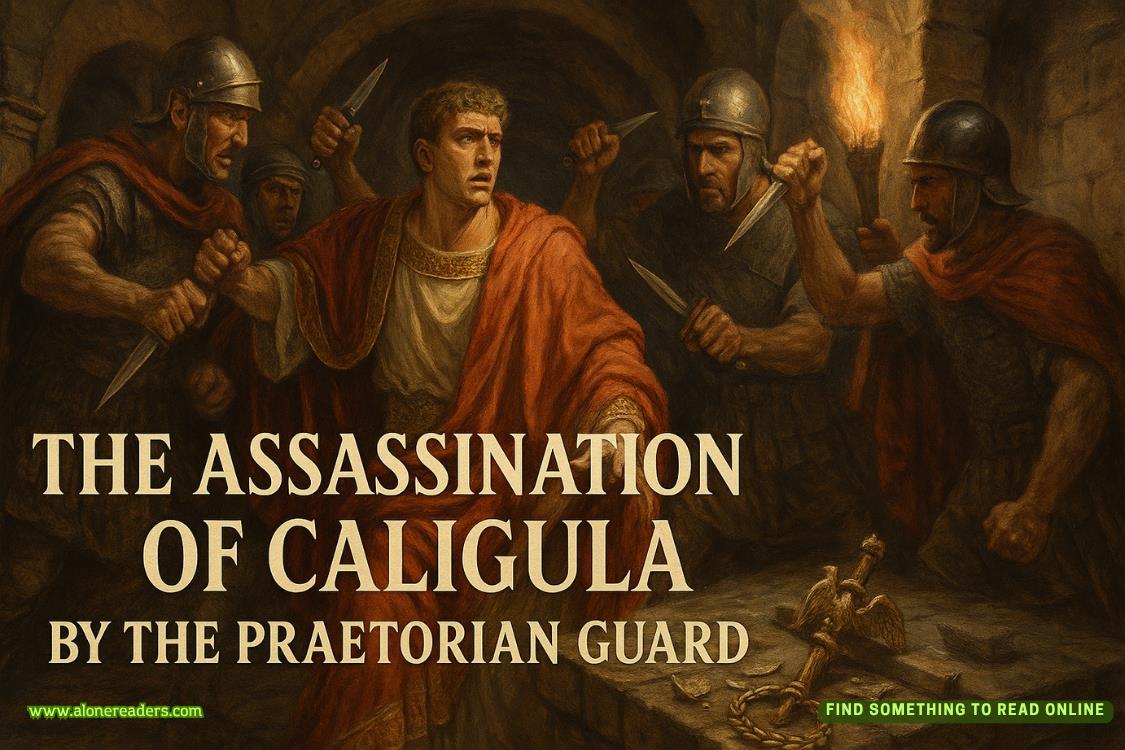Page 106 of Inca Gold (Dirk Pitt 12)
"Are you telling me that another party is searching for Huascar's treasure at this very minute?"
Sandecker asked incredulously.
Ragsdale nodded. "An international syndicate that deals in art theft, antiquity smuggling, and art forgery with annual profits running into untold millions of untaxed dollars."
"I had no idea."
"Regrettably, our government and news media have not seen the benefit in educating the general public on a criminal activity that is second only to the drug trade."
"In one robbery alone," explained Gaskill, "the dollar estimate of the masterpieces stolen from the Gardner Museum in Boston in April 1990 came to two hundred million."
"When you throw in the combined theft, smuggling, and forgery operations taking place in nearly every country of the world," Ragsdale continued, "you can understand why we're looking at a billion-dollar industry."
"The list of art and antiquities stolen over the past hundred years would equal the number of names in the New York phone book," Gaskill emphasized.
"Who buys such a staggering amount of illegal goods?" asked Sandecker.
"The demand far exceeds the supply," answered Gaskill. "Wealthy collectors are indirectly responsible for looting because they create a strong market demand. They stand in line to purchase historically significant hot goods from underground dealers. The list of clients reads like a celebrity register. Heads of state, highlevel government officials, motion picture personalities, top business leaders, and even curators of major museums who look the other way while negotiating for black market goods to enhance their collections. If they have a buck, they'll buy it."
"Drug dealers also buy untold amounts of illegal art and antiquities as a fast and easy way of laundering money while building an investment."
"I can see why unrecorded artifacts are lost in the shuffle," said Sandecker. "But surely famous art paintings and sculptures turn up and are recovered."
Ragsdale shook his head. "Sometimes we get lucky, and a tip leads us to stolen property.
Occasionally honest art dealers or museum curators will call us when they recognize pieces the thieves are trying to sell. All too often missing art remains lost from lack of leads."
"A tremendous number of antiquities obtained by grave robbers are sold before archaeologists have a chance to study them," Gaskill said. "For example, during the desert war against Iraq in the early nineties, thousands of artifacts, including untranslated clay tablets, jewelry, textiles, glass, pottery, gold and silver coins, and cylinder seals, were plundered from both Kuwaiti and Iraqi museums by anti-Hussein opposition forces and Shiite and Kurdish rebels. Much of it had already passed through dealers and auction houses before any of the pieces could be catalogued as missing or stolen."
"Hardly seems possible that a collector would pay big money for art he knows damn well belongs to someone else," said Sandecker. "He certainly can't put it on display without risking exposure or arrest.
What does he do with it?"
"Call it a psychological warp," replied Ragsdale. "Gaskill and I can recite any number of cases involving collectors who stash their illegal acquisitions in a secret vault where they sit and view it once a day, or maybe once every ten years. Never mind that none of it is on public display. They get their high by possessing something no one else can own."
Gaskill nodded in agreement. "Collector addiction can make people carry out macabre schemes. It's bad enough to desecrate and despoil Indian graves by digging up and selling skulls and mummified bodies of women and children, but certain collectors of American Civil War memorabilia have gone so far as to dig up graves in national cemeteries just to retrieve Union and Confederate belt buckles."
"A sad commentary on avarice," mused Sandecker.
"The stories of grave plundering for artifacts are endless," said Ragsdale. "Bones of the dead from every culture, beginning with the Neanderthal, are smashed and scattered. The sanctity of the dead means little if there is a profit to be made."
"Because of the many collectors' insatiable lust for antiquities," said Gaskill, "they're prime candidates for rip-offs. Their seemingly inexhaustible demand creates a lucrative trade in forgeries."
Ragsdale nodded. "Without proper archaeological study, copied artifacts can pass undetected. Many of the collections in respected museums display forged antiquities and no one realizes. Every curator or collector is unwilling to believe he has been screwed by a forger, and few scholars have the guts to state that the pieces they are examining are suspect."
"Famous art is not exempt," Gaskill further explained. "Agent Ragsdale and I have both seen cases where an outstanding masterpiece was stolen, copied by experts, and the forgery returned through channels for the finder's fee and insurance. The gallery and its curator happily hang the fake, never realizing they've been had."
"How are the stolen objects distributed and sold?" queried Sandecker.
"Tomb looters and art thieves sell through an underground network of crooked dealers who put up the money and supervise the sales from a distance, acting through agents without revealing their identity."
"Can't they be traced through the network?"
Gaskill shook his head. "Because the suppliers and their distributors also operate behind closed doors under a heavy veil of secrecy, it is next to impossible for us to penetrate any particular branch of the network with any prospect of following a trail to the top dealers."
Ragsdale took over. "It's not like tracing a drug user to his street-corner dealer, and then to his suppliers, and then up the ladder to the drug lords, who are mostly uneducated, seldom go to extremes to hide their identities, and are often drug users themselves. Instead, we find ourselves matching wits with men who are well educated and highly connected in the top levels of business and government. They're shrewd, and they're cunning. Except in rare cases, they never deal with their clients on a direct face-to-face basis. Whenever we get close, they pull into their shells and throw up a wall of expensive attorneys to block our investigations."
"Have you had any luck at all?" asked Sandecker.















